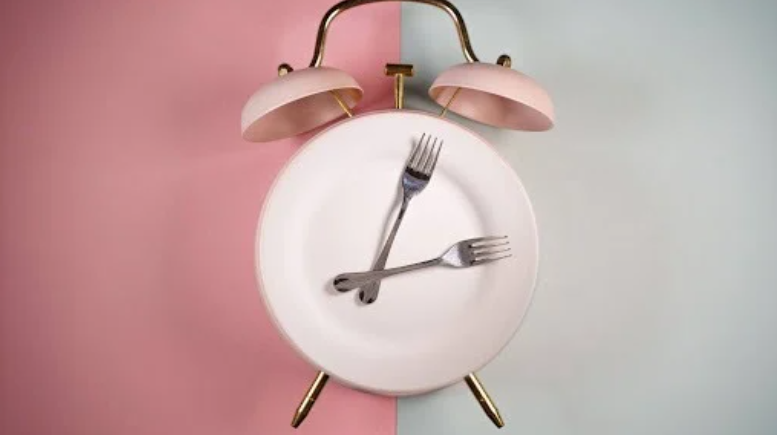If you’re like me, you’ve probably tried countless diets and weight loss strategies, only to find they’re hard to stick to. Enter the plate method for weight loss – a simple, visual tool that doesn’t involve counting calories or weighing food.
The Science Behind Portion Control
Let’s dive deep into the scientific rationale linked with portion control — the cornerstone of the plate method for weight loss. The approach primarily banks on energy balance, where calories consumed balances with calories expended, resulting in weight stability. It’s a direct consequence of the law of thermodynamics, which states that energy cannot be created or destroyed, only transformed.
A survey of 1,291 adults by the American Journal of Preventive Medicine uncovered that meals have escalated by 20 to 25 percent in the past few decades, causing a calorie surplus. Therefore, controlling portions reigns in the excess calorie intake, eventually leading to weight loss.
A critical study in the Publication of the Journal of Experimental Psychology: Applied, maintains that using visual cues like the plate method provides an easy, convenient and efficient way to control portions. Considering these scientific arguments, it’s conclusive that portion control plays a vital role in weight loss, contributing to the success of the plate method.
Plate method for weight loss
Grasping the Plate Method provides a practical approach to weight loss, meticulously planned around balancing portions and nutrients. Dividing each meal into sections, including 50% vegetables, 25% lean protein, and 25% whole grains, this method ensures balanced nutrition intake and regulates calorie consumption, significantly contributing to the weight loss journey.
A deeper look into the components explains this clarity. Vegetables, filling half the plate, are low in calories, high in fiber, and packed with essential nutrients. Lean proteins—occupying a quarter of the plate—satiate hunger, proving instrumental in curbing overeating. Lastly, whole grains—filling the remaining quarter—ensure sustained energy supply, contributing to overall well-being. Effectiveness propels the popularity of this method, backed by scientific evidence highlighting the significance of portion control in weight loss.
Implementing the Plate Method
Implementing the Plate Method effectively demands attention to meal composition and portion size. Per the Harvard School of Public Health’s recommendations, half of the plate consists of vegetables, a quarter includes lean protein, and another quarter comprises whole grains.
- Visualize Your Plate: Envisage your dining plate divided into sections. These partitioned segments serve as a proportion guide, promoting balanced nutrition. A medium-sized plate works best, as a larger one might encourage overeating.
- Fill Half the Plate with Vegetables: Non-starchy vegetables like broccoli, bell peppers, or spinach make up this portion, providing abundant vitamins, fiber, and hydration with fewer calories. Starchy vegetables—such as potatoes and corn—belong in the grains section, with the higher calorie count.
- Designate a Quarter for Lean Protein: This part contains lean meats, tofu, or legume-based proteins. Pick grilled chicken breast over a fried version, saving on added calories.
- A Quarter for Whole Grains: This section’s content ranges from quinoa to brown rice. Beware the common pitfall of excessive portion sizes; this segment’s volume shouldn’t dwarf the other sections.
- Incorporate Healthy Fats: Although not part of the plate, incorporate small-sized portions of nuts, seed, avocados, or oils, as they play vital roles in cellular functions.
- Balancing Your Plate: An optimized plate boosts satiety levels, curbs incessant snacking, and regulates calorie intake.
Real-World Success Stories
So there you have it. The Plate Method is a practical and simple approach to weight loss that doesn’t require any calorie counting. It’s all about portion control and balance. By visualizing your plate divided into sections, you’re able to regulate your calorie consumption effectively. Remember, half your plate should be vegetables, a quarter lean protein, and the remaining quarter whole grains. With the Plate Method, you’re on your way to a healthier, leaner you. So why wait? Give it a try and join the many who’ve found success with this simple yet effective approach.

